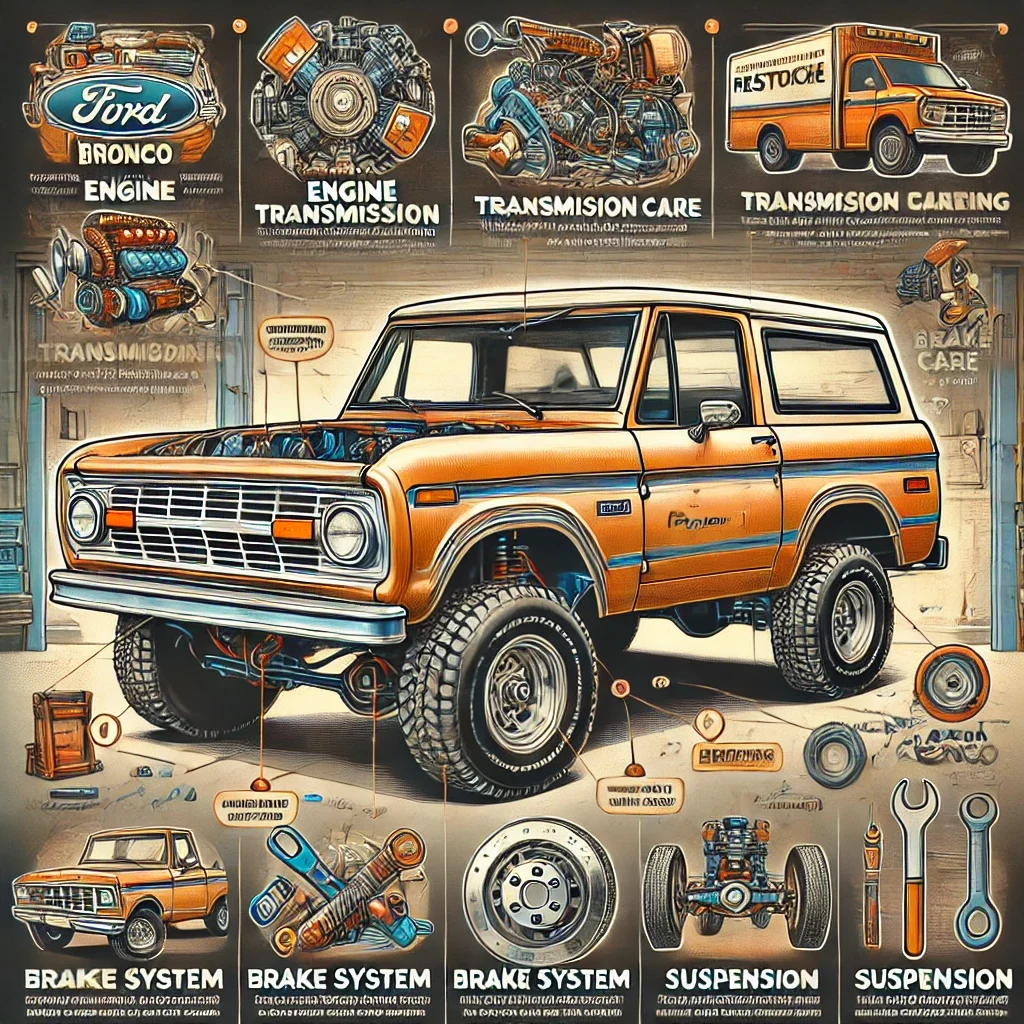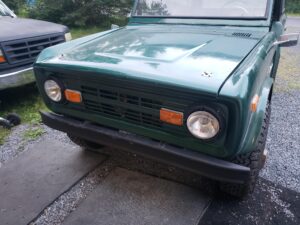Essential Guide: Maintenance and Repair Highlights for Classic Trucks and Vans (1980-1990)

Introduction
Maintaining and repairing a classic truck or van requires dedication and knowledge of the vehicle’s critical systems. The following guide highlights the most important points for routine maintenance, repairs, and upgrades, based on best practices from trusted manuals for vehicles produced between 1980-1990.
1. Routine Maintenance
Consistent maintenance is the foundation of keeping your vehicle in top condition. Follow these tips:
- Perform under-hood, under-car, and exterior checks every few weeks.
- Adhere to the manufacturer’s maintenance schedule for oil changes, filter replacements, and fluid checks.
- Pay attention to tire pressure, belt tension, and spark plug condition to prevent costly repairs.
2. Transmission Care
Maintaining a functional transmission is key to vehicle performance:
- For automatic transmissions, use the dipstick to regularly check fluid levels.
- Low or contaminated transmission fluid can cause overheating and failure. Refill or replace the fluid as needed.
- Inspect seals and gaskets for leaks and address them promptly to avoid internal damage.
3. Engine Rebuilding and Repair
Over time, engines may require rebuilding to restore performance:
- Inspect key components such as the oil pump, main bearings, camshaft, tappets, and valve seals.
- Perform compression tests to ensure proper cylinder sealing and engine efficiency.
- Replace worn parts to maintain engine compression and lubrication, which are essential for longevity.
4. Cooling System Maintenance
The cooling system is vital for preventing engine overheating:
- Inspect the radiator, water pump, thermostat, and cooling hoses for damage or leaks.
- Regularly flush and refill coolant to prevent corrosion and maintain efficiency.
- Replace faulty thermostats and water pumps to avoid temperature fluctuations.
5. Brake System Guidelines
A well-maintained brake system ensures safety and optimal stopping power:
- Check brake drums for scoring, heat damage, or improper alignment.
- Replace brake shoes, pads, and drums as a set to ensure even braking.
- Regularly inspect brake lines and fluid levels to prevent hydraulic failure.
6. Electronic Engine Controls
Modernization in the 1980s introduced electronic controls that improved engine efficiency:
- Feedback carburetor systems and single/multi-point fuel injection systems rely on sensors and electronic control units (ECUs) for precise air/fuel mixture.
- Regularly inspect oxygen sensors and use diagnostic tools to ensure proper ECU functionality.
- Replace malfunctioning sensors to maintain optimal performance and fuel efficiency.
7. Suspension and Alignment
A well-maintained suspension system ensures a smooth ride and proper handling:
- Inspect and replace worn control arms, ball joints, and bushings.
- Align caster, camber, and toe-in to prevent uneven tire wear and maintain safe steering.
- Check for leaks or damage in the shock absorbers and replace as needed.
8. Fuel System Overview
Efficient fuel delivery is essential for engine performance:
- Inspect the fuel pump, lines, and injectors for wear or blockages.
- Replace clogged filters to ensure clean fuel flow.
- Address common issues like failing pumps or deteriorating hoses promptly to avoid engine misfires.
9. Wheel Alignment and Safety
Proper wheel alignment is critical for tire longevity and steering stability:
- Adjust caster, camber, and toe angles to factory specifications.
- Inspect suspension components like tie rods and bushings for wear before alignment.
10. Tools and Equipment
Having the right tools makes maintenance and repair more efficient:
- Invest in torque wrenches, diagnostic readers, and specialty tools specific to your vehicle’s make and model.
- Keep a basic tool kit on hand for roadside repairs, including screwdrivers, pliers, and a socket set.
- Use professional-grade tools for tasks like engine rebuilding and alignment adjustments.
Conclusion
By focusing on regular maintenance and addressing issues promptly, you can ensure your classic truck or van remains reliable and efficient. Use the above tips as a comprehensive checklist to prolong the life of your vehicle and maintain its performance.
Would you like a detailed guide on any of these sections or recommendations for specific tools and parts? Let me know!


